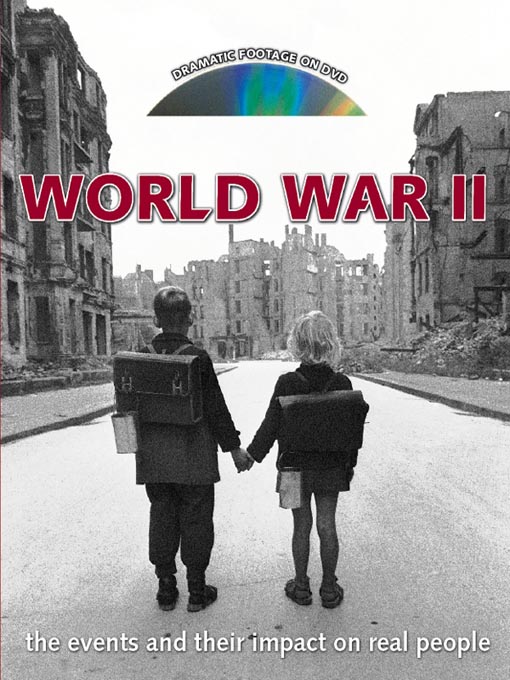World War II is divided into six chapters: 1 - the Road to War traces the origins of the conflict back to World War I. It looks at the unsatisfactory peace settlement that followed the end of the war, and how the economic Depression and the rise of militarism and nationalist extremism contributed towards the eventual slide into war in the late 1930s.2 - Germany triumphant covers the opening years of the war in Europe, when Germany established control over much of the continent in a series of lightning campaigns, beginning with the defeat of Poland and ending at the gates of Moscow. It looks at the defiance of Britain and its Commonwealth and the increasing involvement of the United States. 3 – War in the Pacific examines the build-up of tension between Japan and the United States, which turned into open war with the Japanese attack on Pearl Harbor. The chapter follows the course of the Pacific war as Japanese forces conquered much of the Pacific and Southeast Asia, while the United States organized its counter-offensive. 4 - turning of the tide looks at the period from the winter of 1942 through 1943, when the war turned decisively against the Axis powers, in North Africa, at Stalingrad, in the U-boat war in the Atlantic, and in the great carrier battles of the Pacific. This chapter follows the Allied tide of success up to the D-Day landings in mid-1944. 5 -end Game deals with the frustrating autumn and winter of 1944–45 as victory in Europe was held up. Although victory was inevitable, the failure to overthrow Hitler meant that Germany would fight to the bitter end. In the Pacific, Japan hung on with increasing desperation until the atom bombs tipped the balance in favour of surrender. 6 - the aftermath takes stock of the damage caused by the war. It explores the postwar conflicts that essentially continued it, the birth of the Cold War, and the nuclear arms race that undermined the optimism of the United Nations, the weakening and eventual dissolution of colonial empires, the overwhelming economic power of the United States, the rebuilding of Europe on a new basis, and the eventual drawing of a line under the whole period in 1989.
- Available now
- New eBook additions
- New kids additions
- New teen additions
- Most popular
- Try something different
- Always Available Classics
- See all
- Available now
- New audiobook additions
- New kids additions
- New teen additions
- Most popular
- Try something different
- See all


